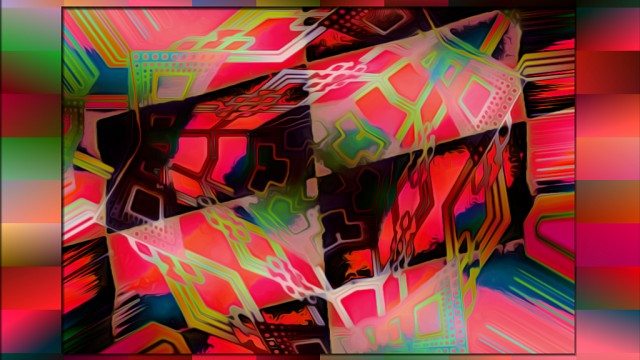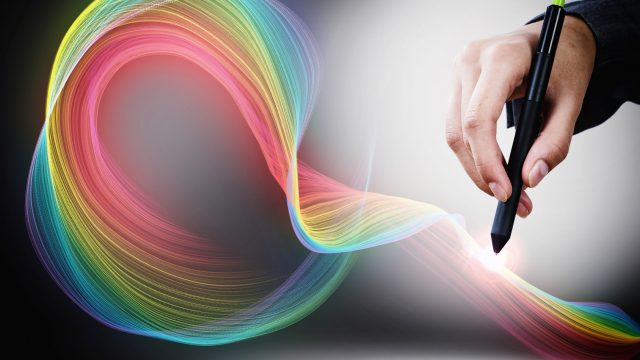The purpose of web or graphic design is to draw the attention of viewers long enough to convey your message. To do this successfully, you must know the five basic principles of design:
1. Unity
The various elements of your design must co-exist in harmony. You can use as many design elements as you like, but make sure they seamlessly blend to form a unified whole. Unity can facilitate and explain your design in four ways:
- Use of similar shape
- Use of different shapes filled with the same pattern
- Use of a shared background
- Use of space
2. Emphasis
While all the elements are equally important in the overall impact a graphic design creates, emphasis points to a primary focal point. This is used to encourage closer scrutiny. It’s the gateway through which you let the viewer in to explore the rest of your work. Viewers can be distracted when there are two or more equally dominant elements in a design, but proper use of emphasis avoids this problem.
3. Scale
What makes some arrangements of design elements harmonious and others cacophonous? It’s the prudent or imprudent use of scale. Scale is the size of the overall design taken in relation to the various elements that make up the design. Scale comes into play only when a design element is compared to another element or to the background. You can also utilize light and color values to influence scale.
4. Balance
You achieve balance in graphic design when you give the right visual weight to the various design elements. There are two types of balance: symmetrical and asymmetrical. Symmetrical designs employ repetition to accomplish a sense of balance and can sometimes be boring. Asymmetrical balance is informal and achieved with the aid of contrast. Asymmetrical balance relies heavily on factors that influence visual weight and can be more vibrant than symmetrical balance. Factors that influence visual weight are position, orientation, isolation, quantity, color, value, size, shape and texture.
5. Rhythm
Rhythm manipulates the viewer’s eye movement through the intended direction of compositional flow. As already mentioned, the focal point is the gateway to the design flow, but you can pilot the eye through the compositional flow using directional lines, gradation, pattern repetition and implied action.
The next time you see an eye-catching graphic design, observe what role each of the design principles you just explored plays in it.




